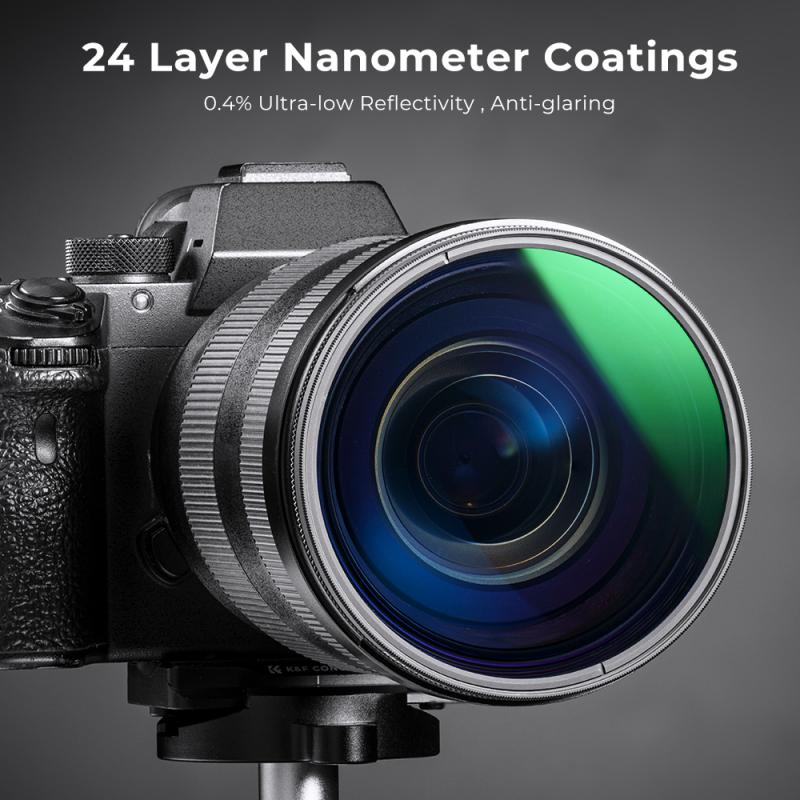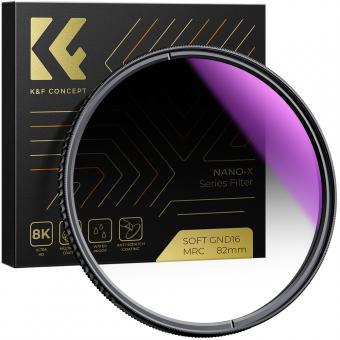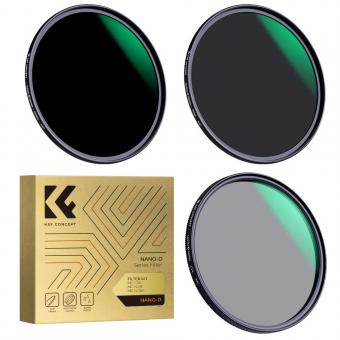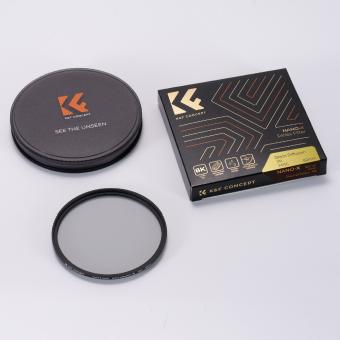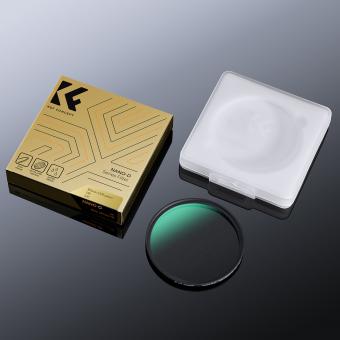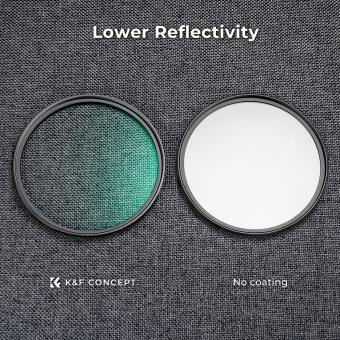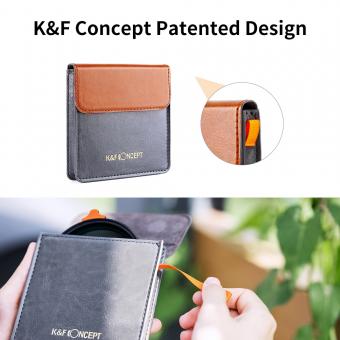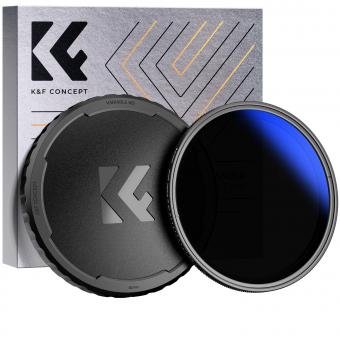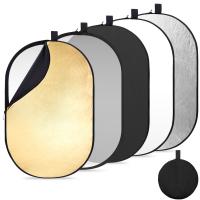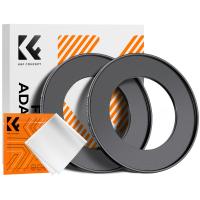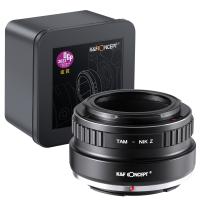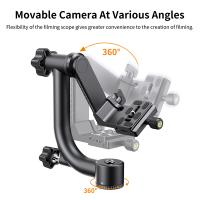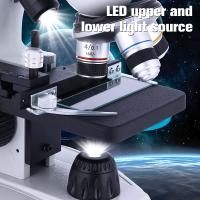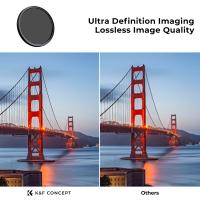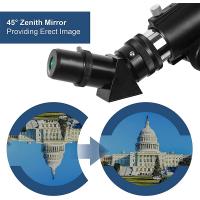How To Buy Graduated Neutral Density Filter ?
To buy a graduated neutral density filter, you can visit photography equipment stores or check online retailers that specialize in camera accessories. Look for reputable brands such as Lee Filters, Singh-Ray, or Cokin. Graduated neutral density filters come in different sizes, so make sure to choose one that fits your lens diameter. Consider the strength of the filter, which is measured in stops, to determine the amount of light reduction you need. Graduated neutral density filters are available in various types, such as rectangular or circular, so choose the one that suits your shooting style and equipment. Additionally, read reviews and compare prices to make an informed decision before making your purchase.
1、 Understanding Graduated Neutral Density Filters: Types and Uses
To buy a graduated neutral density (ND) filter, you can follow these steps:
1. Determine the filter size: Graduated ND filters come in various sizes, so you need to know the diameter of your lens. This information can usually be found on the front of the lens or in the lens specifications.
2. Choose the filter strength: Graduated ND filters are available in different strengths, typically measured in stops. The strength you choose depends on the amount of light reduction you require for your specific shooting conditions. Common strengths include 1-stop, 2-stop, and 3-stop filters.
3. Select the filter type: There are two main types of graduated ND filters - hard-edge and soft-edge. Hard-edge filters have a distinct and abrupt transition between the dark and clear areas, suitable for scenes with a clear horizon line. Soft-edge filters have a gradual transition, ideal for scenes with uneven or indistinct horizon lines.
4. Research and compare brands: There are several reputable filter manufacturers, such as Lee Filters, Singh-Ray, and Formatt-Hitech. Research and compare the features, quality, and prices of different brands to find the one that suits your needs and budget.
5. Purchase from a reliable source: Once you have decided on the specific filter you want, purchase it from a trusted retailer or directly from the manufacturer's website. Be cautious of counterfeit products, as they may not provide the desired results.
It's worth noting that with advancements in digital post-processing, some photographers prefer to simulate the effect of graduated ND filters using software. This allows for more flexibility and control during editing. However, using physical filters still offers advantages in certain situations, such as reducing the dynamic range in-camera and avoiding excessive post-processing.

2、 Evaluating Filter Size and Compatibility for Your Camera System
To buy a graduated neutral density (ND) filter, you need to consider a few factors, including evaluating the filter size and compatibility for your camera system. Here's a guide to help you make an informed decision:
1. Determine the filter size: Check the diameter of your camera lens. The filter size is usually indicated on the front of the lens or in the lens specifications. It is typically measured in millimeters (e.g., 52mm, 77mm). Ensure that the filter you choose matches the size of your lens.
2. Compatibility with your camera system: Different camera systems have specific filter holders or mounting systems. Research and ensure that the graduated ND filter you intend to purchase is compatible with your camera system. Some filters may require additional adapters or holders to fit your camera.
3. Consider the strength of the filter: Graduated ND filters come in different strengths, denoted by the number of stops they reduce the light. Common strengths include 1-stop, 2-stop, and 3-stop filters. Choose a strength based on your specific needs and shooting conditions.
4. Quality and brand: Look for reputable brands known for producing high-quality filters. Consider factors like color accuracy, optical clarity, and durability. Read reviews and seek recommendations from photographers to ensure you're investing in a reliable product.
5. Price: Set a budget and compare prices from different retailers. While it's important to find a good deal, prioritize quality over cost to ensure you get the best results.
It's worth noting that the latest point of view in the world of graduated ND filters is the emergence of filter systems that allow for more flexibility and creativity. These systems often include square or rectangular filters that can be easily adjusted and stacked to achieve the desired effect. They offer more control over the positioning of the graduated area and can be used with different lenses by simply swapping the adapter rings. Consider exploring these options if you want more versatility in your photography.
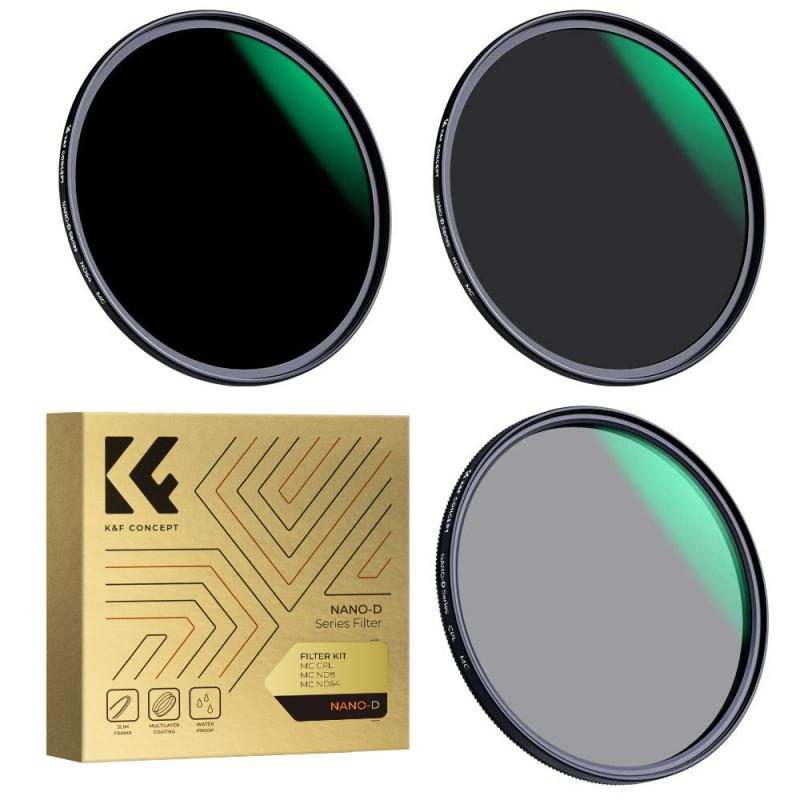
3、 Comparing Different Brands and Models of Graduated ND Filters
When it comes to buying a graduated neutral density (ND) filter, there are a few key factors to consider. One important aspect is comparing different brands and models to ensure you make an informed decision.
Firstly, it's essential to research and understand the different brands available in the market. Some popular and reputable brands include Lee Filters, Singh-Ray, Formatt-Hitech, and Cokin. Each brand offers a range of models with varying features and price points.
To compare different brands and models, consider factors such as filter material, optical quality, color accuracy, and ease of use. Look for filters made from high-quality materials like optical glass or resin, as they tend to provide better image quality. Additionally, check for coatings that reduce reflections and improve durability.
Consider the specific needs of your photography style. If you frequently shoot landscapes with wide-angle lenses, look for filters that have a slim profile to avoid vignetting. Some brands also offer filter systems with modular designs, allowing you to stack multiple filters or adjust the position of the gradient line.
Reading reviews and seeking recommendations from experienced photographers can provide valuable insights into the performance and reliability of different brands and models. Online photography communities and forums are great places to gather information and ask questions.
Lastly, keep an eye on the latest developments in the market. New technologies and advancements may introduce innovative features or improvements in filter performance. Stay updated by following photography blogs, websites, and social media accounts of filter manufacturers.
By comparing different brands and models of graduated ND filters, considering your specific needs, and staying informed about the latest developments, you can make an informed purchase decision that suits your photography style and budget.
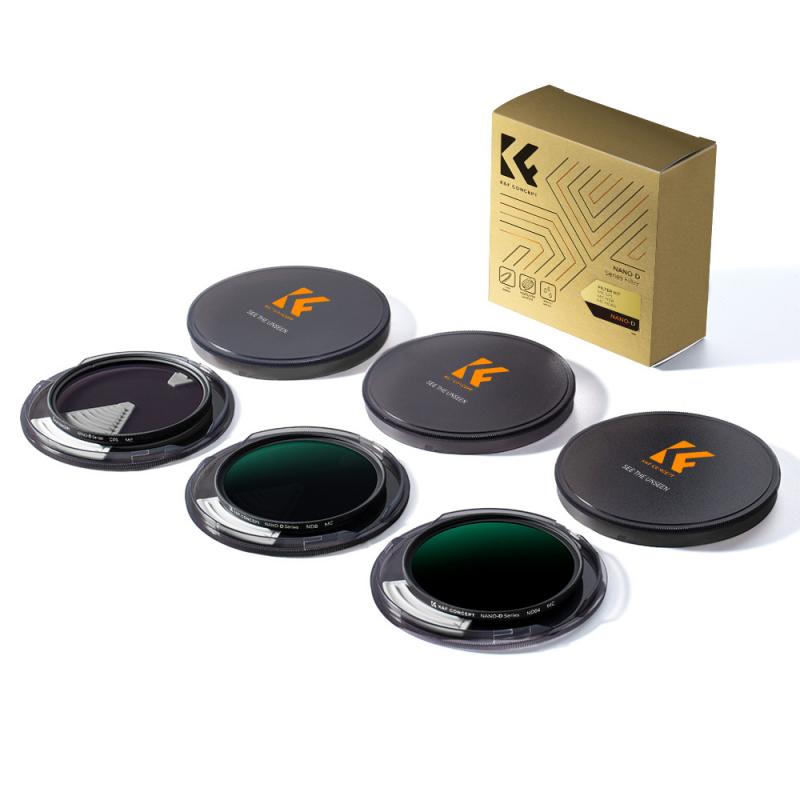
4、 Tips for Choosing the Right Graduated ND Filter Strength
Tips for Choosing the Right Graduated ND Filter Strength
When it comes to landscape photography, a graduated neutral density (ND) filter is an essential tool for achieving balanced exposures in high-contrast scenes. These filters are designed to darken the bright areas of the image, such as the sky, while keeping the foreground properly exposed. However, choosing the right strength of graduated ND filter can be a bit challenging. Here are some tips to help you make the right choice:
1. Assess the Scene: Before purchasing a graduated ND filter, carefully evaluate the scenes you typically shoot. Consider the amount of contrast between the sky and the foreground. If you often encounter scenes with extreme contrast, you may need a stronger filter.
2. Filter Density: Graduated ND filters come in different densities, usually measured in stops. The most common strengths are 1-stop, 2-stop, and 3-stop filters. A 1-stop filter is suitable for scenes with minimal contrast, while a 3-stop filter is ideal for scenes with high contrast.
3. Soft or Hard Transition: Graduated ND filters are available with either a soft or hard transition. A soft transition filter has a gradual blending between the darkened and clear areas, making it suitable for scenes with an uneven horizon. A hard transition filter has a more defined line between the darkened and clear areas, making it ideal for scenes with a straight horizon.
4. Consider the Lens Diameter: Ensure that the graduated ND filter you choose is compatible with your lens diameter. Most filters come in standard sizes, but you may need step-up or step-down rings to fit them onto your lens.
5. Quality Matters: Invest in a high-quality graduated ND filter to ensure optimal image quality. Look for filters made from high-quality glass or resin materials that minimize color cast and maintain sharpness.
6. Experiment: Don't be afraid to experiment with different filter strengths and transition types to find the one that suits your style and shooting conditions best.
Remember, the choice of graduated ND filter strength ultimately depends on your shooting style and the scenes you encounter. By considering these tips and experimenting with different filters, you can enhance your landscape photography and capture stunning, well-balanced images.
